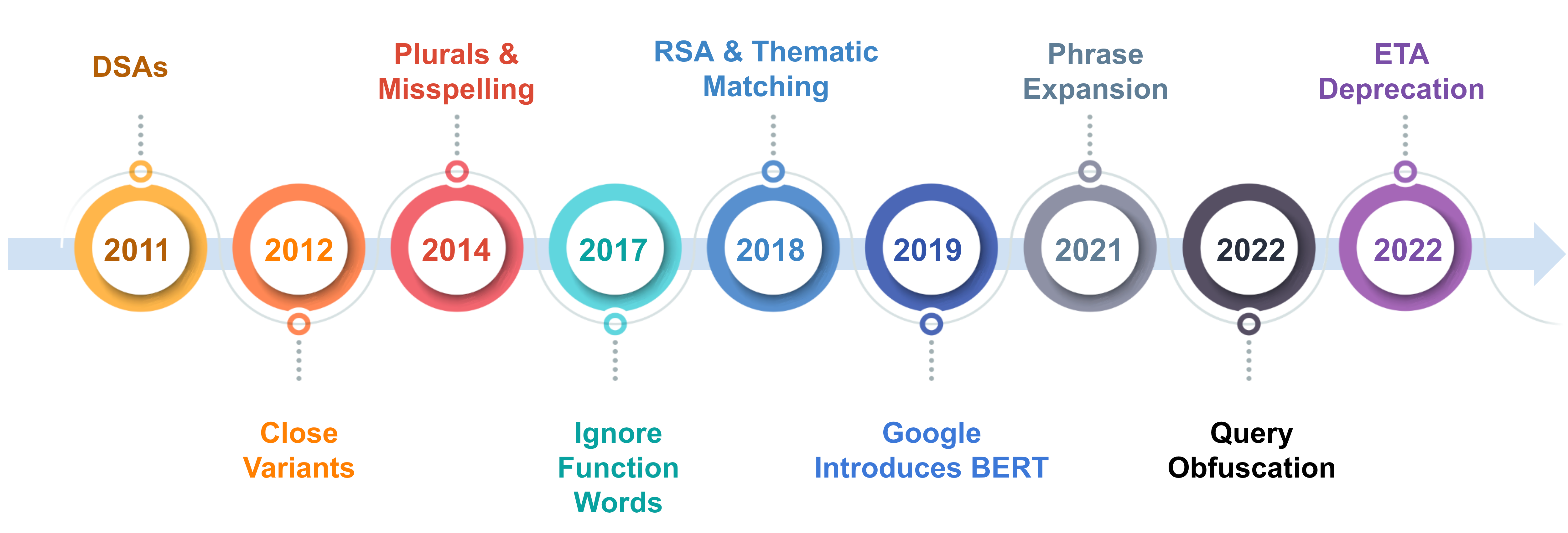Broad Match: The Paid Search AI Frontier

In the ever-evolving landscape of Paid Search advertising Broad Match has emerged as a key player, touted by both Google and Bing as the gateway to expanded reach and enhanced performance. Our data-driven exploration seeks to unravel the intricacies of these offerings and gauge the fulfillment of such promises. Here's what the data tells us about the unique paths Bing and Google are carving through their AI-integrated algorithms and what that means for the future of search advertising.

